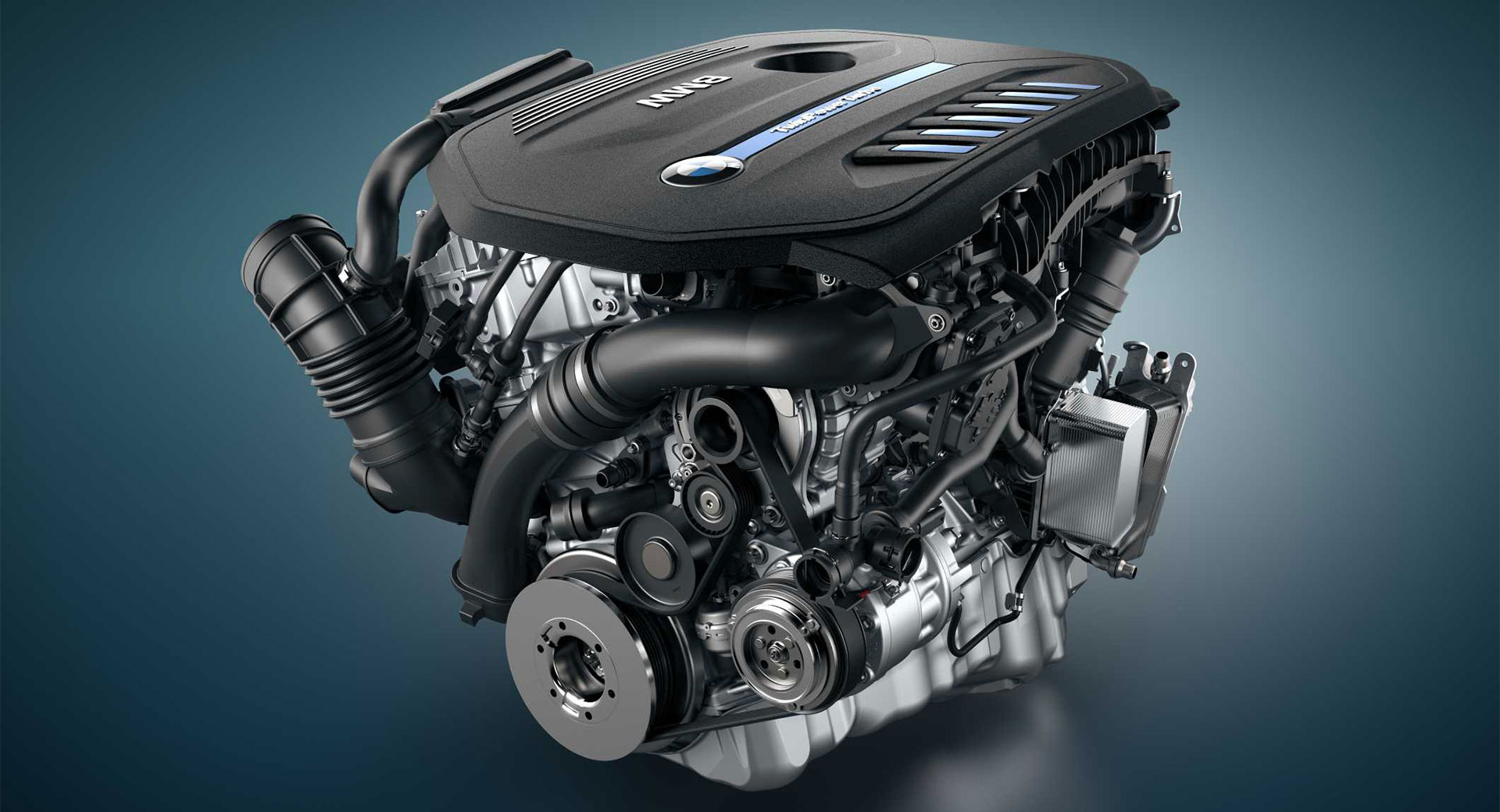A Comprehensive Overview to Understanding BMW Engine Specifications
Exploring the Evolution of Combustion Engines in Modern Transportation Solutions
As we navigate the landscape of modern transport, the advancement of burning engines stands as a testament to human resourcefulness and engineering prowess. The interaction of history, modern technology, and ecological problems in forming the trajectory of burning engines creates a narrative that is both compelling and insightful.
Early Beginnings of Combustion Engines
How did the principle of combustion engines initial emerge in the early phases of transportation advancement? The origins of combustion engines can be mapped back to the 17th century when the principles of interior burning were first checked out.
The breakthrough minute came with the creation of the first successful gasoline-powered engine by Karl Benz in 1885 - bmw engine. This engine led the way for the development of the contemporary automobile, transforming transport systems worldwide. Succeeding developments by Nikolaus Otto and Gottlieb Daimler better refined combustion engine modern technology, leading to the automation of autos and the rapid growth of the transport sector
These early combustion engines were defined by their simpleness and performance, laying the structure for the complex and powerful engines used in modern-day transport systems. The advancement of burning engines has actually been crucial fit the way we travel and deliver items, noting a substantial milestone in the background of transport growth.
Change to Internal Combustion Technology
The transition to internal combustion technology marked a pivotal change in the advancement of transport systems. This change started in the late 19th century, with developers like Nikolaus Otto and Gottlieb Daimler creating the initial successful inner burning engines. These engines changed transport by using an extra effective and powerful option to heavy steam engines and electrical motors.
Among the crucial advantages of internal burning engines was their capacity to be scaled down to suit automobiles, causing the growth of motorbikes and vehicles. This shift from large, stationary engines to small, mobile ones led the way for the modern transportation systems we see today.
The change to internal burning innovation also spurred developments in gas innovation, leading to the advancement of gasoline and diesel as main gas sources for lorries. This shift not just made transportation extra available to the masses yet likewise laid the structure for the oil and gas industry to end up being integral to worldwide economic situations.
Effect of Combustion Engines on Transport
The adoption of burning engines in transport systems catalyzed an extensive change in the efficiency and rate of international movement. Burning engines revolutionized transportation by giving a reputable and functional resource of power for various cars, consisting of cars, trucks, ships, and aircrafts. This advancement significantly enhanced the capability for people and products to conform cross countries in shorter time frames, resulting in raised connection in between areas and countries.
Furthermore, the widespread use of combustion engines has had a significant effect on economic advancement. The capability to deliver items successfully has actually stimulated profession and business, enabling services to increase their markets and get to customers worldwide. This has actually assisted in financial growth and globalization, as products can now be transported faster and in larger quantities than in the past.
Nevertheless, the ecological effect of burning engines can not be ignored. The burning of nonrenewable fuel sources has actually caused air pollution and greenhouse gas discharges, adding to climate adjustment and presenting health and wellness risks to populations. bmw engine. Consequently, there is an expanding focus on creating alternate propulsion innovations to mitigate these negative results and produce a more lasting future for transport
Developments in Combustion Engine Layout
One notable technology is the development of turbocharged engines, which use exhaust Bonuses gases to drive a turbine that compresses incoming air, allowing for more fuel to be burned, resulting in enhanced power output without a significant increase in engine size. Variable shutoff timing systems have actually additionally changed engine layout by maximizing air flow at different engine speeds, enhancing both power and efficiency. These innovations jointly add to the continual enhancement of burning engines in contemporary transportation systems.
Future Fads in Burning Engine Growth
With innovation developments driving continuous development, the future here of combustion engine advancement is positioned to transform transportation systems globally. One of the crucial fads in burning engine advancement is the push towards higher effectiveness and decreased discharges.
Another noticeable trend is the fostering of hybrid technologies in combustion engines. Crossbreed engines incorporate typical burning technology with electric power, supplying enhanced fuel performance and lower emissions. As the automotive sector changes towards electrification, crossbreed combustion engines are viewed as a transitional solution that links the space between standard cars and fully electric ones.
Additionally, the integration of clever innovations, such as expert system and data analytics, is anticipated to play a significant function in the future of burning engine development. These innovations can optimize engine performance in real-time, bring about more efficient combustion procedures and enhanced total vehicle performance. Welcoming these future fads will not only drive advancement in burning engine growth yet additionally add to an extra ecologically friendly and sustainable transportation community.

Conclusion
Finally, the development of combustion engines in contemporary transport systems has actually been noted by substantial innovations in modern technology and design. From the early starts of burning engines to the change to inner burning modern technology, these engines have actually had an extensive effect on transport. Advancements in burning engine style continue to drive development in this field, he has a good point with future trends concentrating on further improving efficiency and lowering exhausts. The future of burning engines in transport looks appealing as research study and development efforts remain to press limits.
The origins of burning engines can be traced back to the 17th century when the concepts of interior combustion were initial checked out. These engines transformed transport by using a more reliable and effective option to steam engines and electrical motors.
